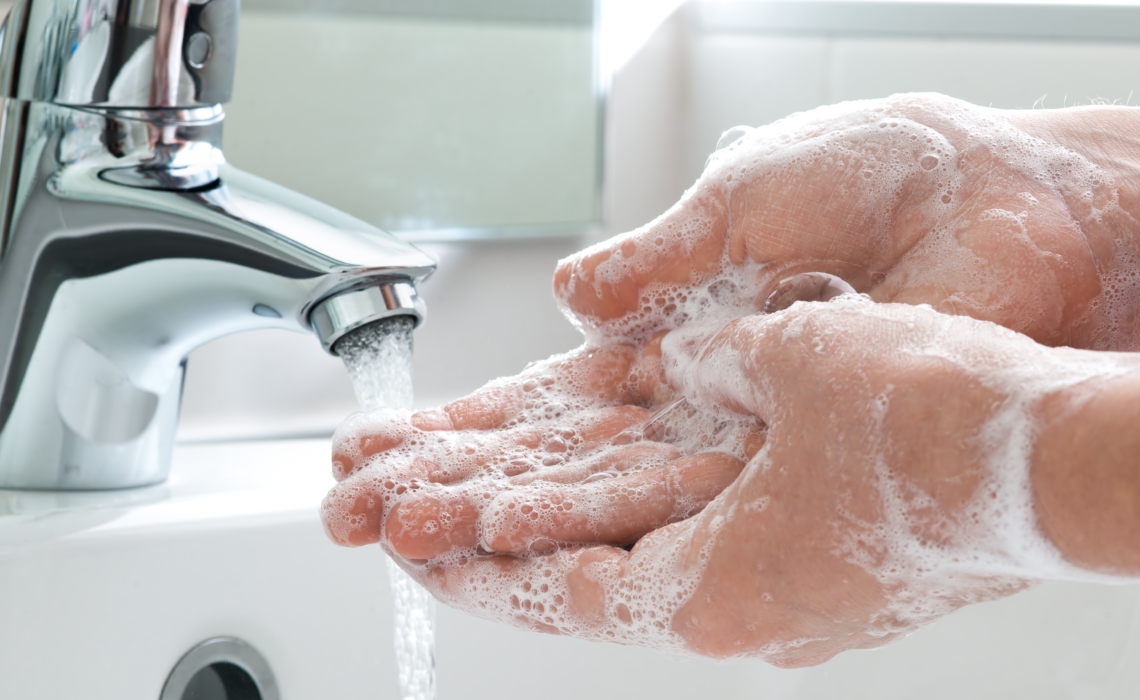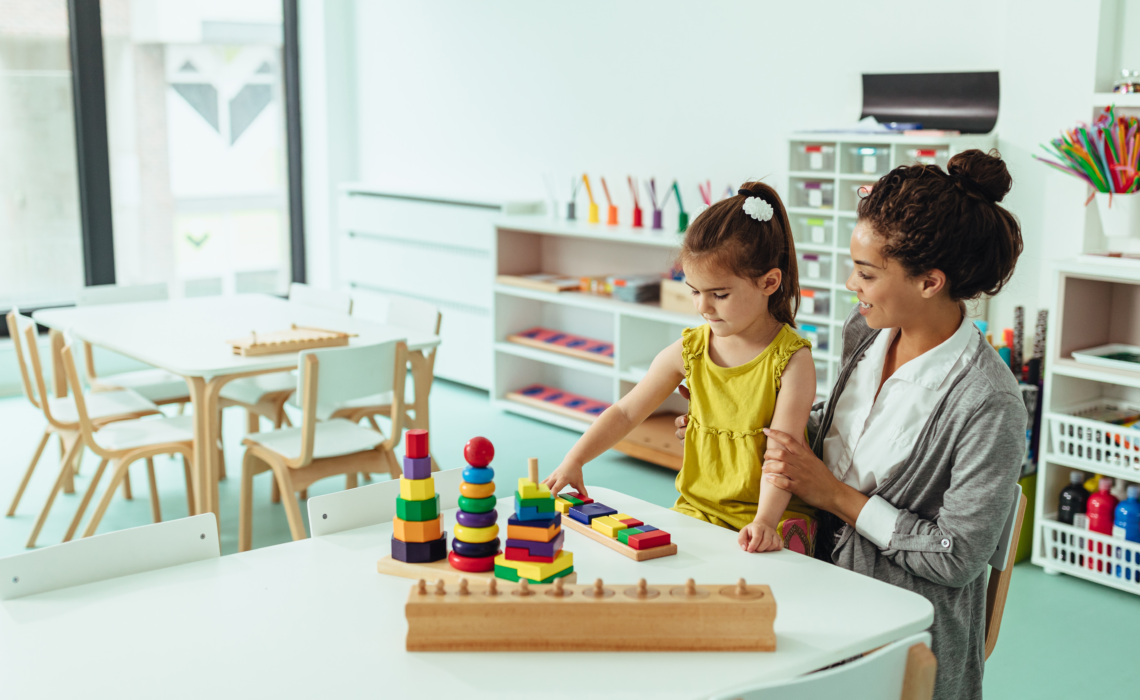Didactic Design in your Child Care
Many times we have spacious rooms with a lot of material which we rarely use. We can use every corner to implement didactic design that promotes the cognitive development of children. Remember, your teaching design can be simple or elaborate. It doesn’t have to look like anyone else’s, because what works for others won’t necessarily work for you.
It is important to highlight that an educational learning method is that set of steps to follow to generate a change in the student, so that they can learn and enhance their skills.
It is important that all furniture such as tables and chairs are suitable considering the size of children and preschool children.
Appropriate didactic ideas to implement in lesson plans:
- Dramatic, sensory, linguistic, mathematical and cultural.
- This will allow you to do thematic activities per day at different work stations, in which the children can rotate and maintain their constant attention.
1. Corners or an area where you have didactic spaces: Balls that can bounce off while learning. If you have enough space, you could install a small swing, a mini handrail, or a ladder with a slide.
2. Reading area: Large pillows are ideal for a moment of reading
3. Creativity area: Use the table, place a paper and a sheath cover with different temperatures, and seal it with adhesive tape. The little ones can use it to practice writing at the table.
4. Play station for the little ones: A kitchen with wooden toys, a painting easel, building blocks, materials with different textures, are some of the activities that you could implement here.
5. Music territory: Teaching through music wooden musical instruments, multicultural music discs for children.
6. Number space: stacking blocks are great for teaching counting, stacking, sorting by color, and other math-related activities.
Characteristics of the Didactic Material
The characteristics of a didactic material can vary according to the objectives, the characteristics of the students and the study conditions, as well as the infrastructures and access to technologies. For example, a teaching material for the area of mathematics cannot be prepared in the same way as for art history.
Among some characteristics, the didactic material:
- It can be adapted to be used with or without the help of the teacher.
- It can be used individually or in groups
- It’s versatile. A didactic material can be designed for different contexts.
- It is oriented to motivate. Its design should arouse interest and curiosity for the topic raised.
- It is a source of information.
- Establish a work rhythm. A didactic material can mark a rate of evolution or progress in the cognitive development, abilities, interests and other aspects of the student.
- It allows the student to be able to develop strategies to evaluate, plan and organize their own learning.
- Proposes a revision or reflection of one’s own knowledge, modifies schemes.
- It must be available when it is needed.
Courtesy of Precious Moment Child Care







